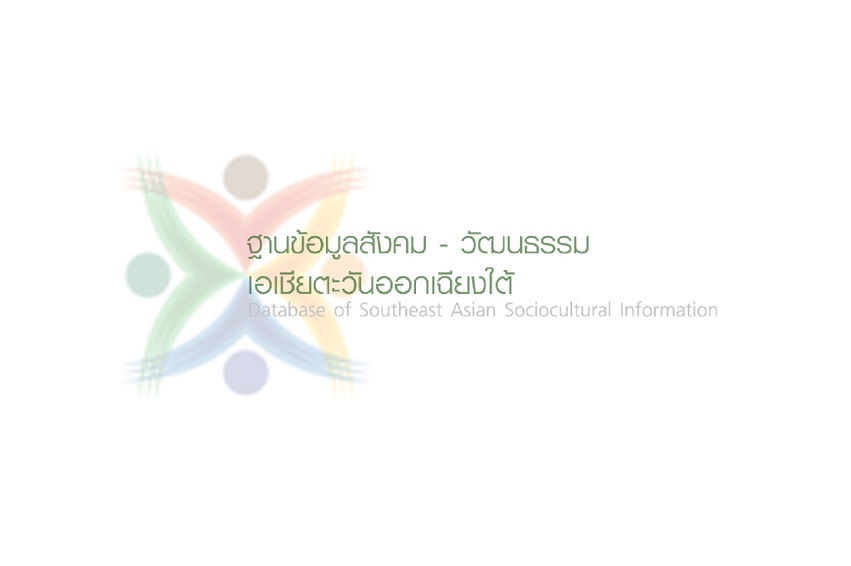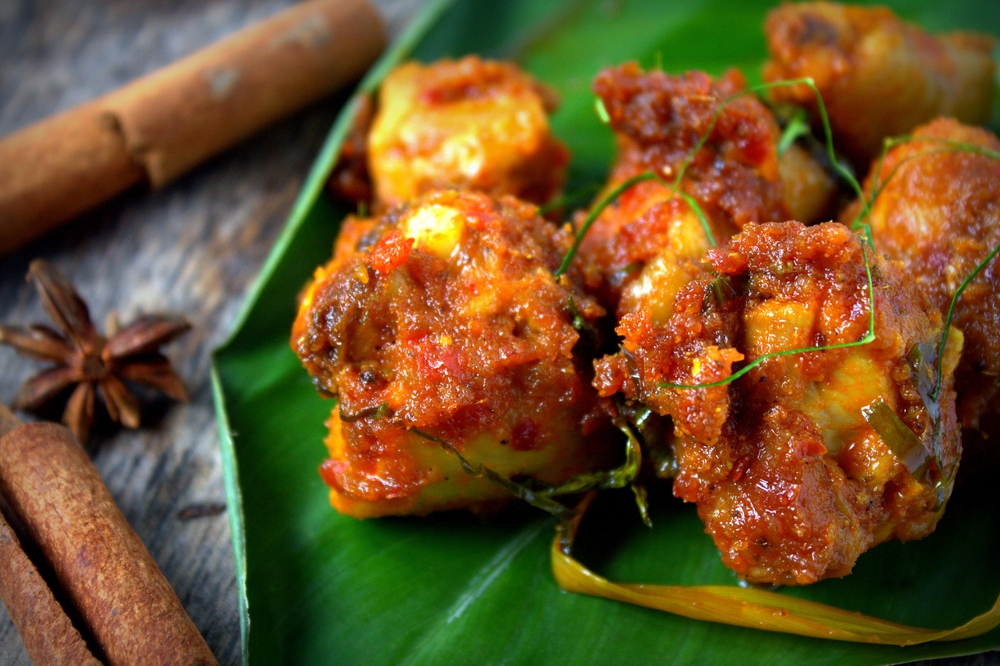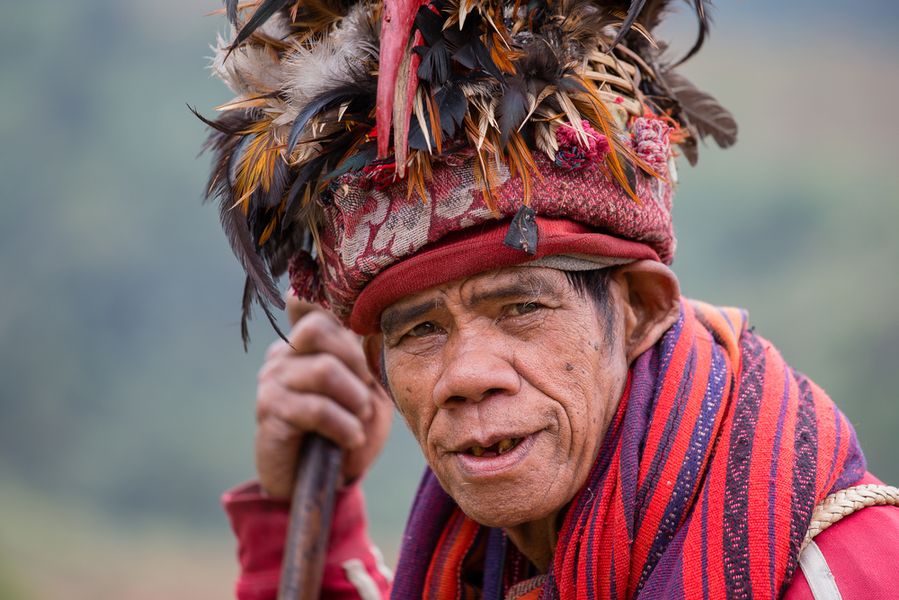Philippines - annotated bibliography
The Encyclopedis of the Spanish – American and Philippine-American Wars : A Political Social, and Military history.
By Tucker, Spencer C.
acclaimed publisher of superior references on the United States at war, revisits a pivotal moment in America's coming-of-age with The Encyclopedia of the Spanish-American and Philippine-American Wars: A Political, Social, and Military History. Again under the direction of renowned scholar Spencer Tucker, the encyclopedia covers the conflict between the United States and Spain with a depth and breadth no other reference works can match.
The encyclopedia offers two complete volumes of alphabetically organized entries written by some of the world's foremost historians, covering everything from the course of the wars to relevant economic, social, and cultural matters in the United States, Spain, and other nations. Featuring a separate volume of primary-source documents and a wealth of images and maps, the encyclopedia portrays the day-to-day drama and lasting legacy of the war like never before, guiding readers through a seminal event in America's transition from the Gilded Age to the Progressive Era
PHILIPPINES Country Studies: A brief, comprehensive study of Philippines
By CIA
A brief yet detailed report on the country of Philippines with updated information on the map, flag, history, people, economics, political conditions in government, foreign affairs, and U.S. relations.
Philippine Politics: Possibilities and Problems in a Localist Democracy (Routledge Contemporary Southeast Asia Series)
By Lynn T. White III
Philippine political history, especially in the twentieth century, challenges the image of democratic evolution as serving the people, and does so in ways that reveal inadequately explored aspects of many democracies. In the first decades of the twenty-first century the Philippines has nonetheless shown gradual socioeconomic "progress".
This book provides an interpretive overview of Philippine politics, and takes full account of the importance of patriotic Philippine factors in making decisions about future political policies. It analyses whether regional and local politics have more importance than national politics in the Philippines. Discussing cultural traditions of patronism, it also examines how clan feuds localize the state and create strong local policies. These conflicts in turn make regional and family-run polities collectively stronger than the central state institution. The book goes on to explore elections in the Philippines, and in particular the ways in which politicians win democratic elections, the institutionalized role of public money in this process, and the role that media plays. Offering a new interpretive overview of Philippine progress over many decades, the author notes recent economic and political changes during the current century while also trying to advance ideas that might prove useful to Filipinos.
Presenting an in-depth analysis of the problems and possibilities of politics and society in the Philippines, the book will be of interest to those researching Southeast Asian Politics, Political History and Asian Society and Culture.
The Philippine War, 1899-1902 (Modern War Studies) Reprint Edition
By Brian McAllister Linn
This year begins the centennial of the Philippine War, one of the most controversial and poorly understood events in American history. The war thrust the U.S. into the center of Pacific and Asian politics, with important and sometimes tragic consequences. It kept the Filipinos under colonial overlord ship for another five decades and subjected them to American political, cultural, and economic domination.
In the first comprehensive study in over six decades, Linn provides a definitive treatment of military operations in the Philippines. From the pitched battles of the early war to the final campaigns against guerrillas, Linn traces the entire course of the conflict. More than an overview of Filipino resistance and American pacification, this is a detailed study of the fighting in the "boondocks."
In addition to presenting a detailed military history of the war, Linn challenges previous interpretations. Rather than being a clash of armies or societies, the war was a series of regional struggles that differed greatly from island to island. By shifting away from the narrow focus on one or two provinces to encompass the entire archipelago, Linn offers a more thorough understanding of the entire war.
Linn also dispels many of the misunderstandings and historical inaccuracies surrounding the Philippine War. He repudiates the commonly held view of American soldiers "civilizing with a Krag" and clarifies such controversial incidents as the Balangiga Massacre and the Waller Affair.
Exhaustively researched and engagingly written, The Philippine War will become the standard reference on America's forgotten conflict and a major contribution to the study of guerrilla warfare.
History of the Philippines: From Indios Bravos to Filipinos 1st Edition
By Luis H. Francia
Over three million Filipino Americans now live in the US, but popular histories of this rich, complicated nation are still rare.
From ancient Malay settlements to Spanish colonization, the American occupation and beyond, A History of the Philippines recasts various Philippine narratives with an eye for the layers of colonial and post-colonial history that have created this diverse and fascinating population. A History of the Philippines begins with the pre-Westernized Philippines in the 16th century and continues through the 1899 Philippine-American War, the nation's relationship with the United States’ controlling presence, culminating with its independence in 1946 and two ongoing insurgencies, one Islamic and one Communist. Luis H. Francia creates an illuminating portrait that offers the reader valuable insights into the heart and soul of the modern Filipino, laying bare the multicultural, multiracial society of contemporary times.
The Fall of the Philippines 1941-42
By Clayton Chun
The Philippine Islands were one of two major US bases in the Pacific, the other being Pearl Harbor. The Japanese considered the capture of the Philippines crucial for its efforts to control resource-laden Southeast Asia. As opposed to its attack on Pearl Harbor, the Japanese intention was to invade and occupy the Philippines in a campaign that was to last five months.
The flamboyant Douglas MacArthur, a hero of World War I and former Chief of Staff led the defense of the Philippines when the Japanese attacked on 8 December 1941. Despite warnings about the Pearl Harbor attack, the Japanese air forces caught MacArthur's aircraft on the ground resulting in half of his modern bomber and fighter aircraft destroyed. Army Air Forces B-17s attempted to bomb Formosa, but Japanese fighters eliminated them and a Japanese full-scale invasion followed days later.
Japanese forces landed in northern Luzon from Formosa. B-17s and naval attacks tried in vain to stop the invasion, but failed. Poorly trained and equipped Philippine Army units could not halt the Japanese and the American and Filipino forces withdrew, even though they outnumbered the initial Japanese forces. Japanese Army units broke through several defensive lines as they drove on to Manila, which was abandoned by the Americans as Macarthur withdrew to Bataan. The Japanese gradually reduced this pocket until the only American position was Corregidor Island. MacArthur left for Australia, as a direct order from President Franklin Roosevelt and was awarded the Medal of Honor, one of the more controversial aspects of the campaign. With little hope of survival, Corregidor fell, with organized resistance ending on 9 May 1942.
Although a defeat, the American and Filipino defensive efforts upset the Japanese plan for a swift victory and provided time for Australia and the United States to build up their defenses. It also gave hope to the American public that Americans could stand up to Japan, with the "Battling Bastards of Bataan" providing a source of inspiration. Unfortunately, for the survivors of the campaign, it meant a grueling three years of captivity for some. The Bataan Death March was one of the most infamous events in World War II, with Japanese forces responsible for the deaths of about 600 Americans and between 5,000-10,000 Filipino soldiers dying in the march, some summarily executed by beheading.
The Liberation of the Philippines: Luzon, Mindanao, the Visayas, 1944-1945: History of United States Naval Operations in World War II
By Samuel Eliot Morison
After crushing Japanese naval power in the Pacific at Leyte Gulf, the U.S. moved to liberate the Philippines. Admiral Morison describes a series of amphibious operations and carrier actions supporting those operations and explains the countermeasures taken against the kamikazes, along with Admiral Halsey's famous Task Force 38 in the South China Sea and the deadly typhoon of 18 December 1944. Additional chapters tell the story of the assaults on Borneo, submarine operations in the southwest Pacific in 1945, and Capt. Milton Miles's last naval battle of the war with sailing junks.
Colonial Pathologies: American Tropical Medicine, Race, and Hygiene in the Philippines
by Warwick Anderson
Colonial Pathologies is a groundbreaking history of the role of science and medicine in the American colonization of the Philippines from 1898 through the 1930s. Warwick Anderson describes how American colonizers sought to maintain their own health and stamina in a foreign environment while exerting control over and “civilizing” a population of seven million people spread out over seven thousand islands. In the process, he traces a significant transformation in the thinking of colonial doctors and scientists about what was most threatening to the health of white colonists. During the late nineteenth century, they understood the tropical environment as the greatest danger, and they sought to help their fellow colonizers to acclimate. Later, as their attention shifted to the role of microbial pathogens, colonial scientists came to view the Filipino people as a contaminated race, and they launched public health initiatives to reform Filipinos’ personal hygiene practices and social conduct.
A vivid sense of a colonial culture characterized by an anxious and assertive white masculinity emerges from Anderson’s description of American efforts to treat and discipline allegedly errant Filipinos. His narrative encompasses a colonial obsession with native excrement, a leper colony intended to transform those considered most unclean and least socialized, and the hookworm and malaria programs implemented by the Rockefeller Foundation in the 1920s and 1930s. Throughout, Anderson is attentive to the circulation of intertwined ideas about race, science, and medicine. He points to colonial public health in the Philippines as a key influence on the subsequent development of military medicine and industrial hygiene, U.S. urban health services, and racialized development regimes in other parts of the world.
Philippines - Culture Smart!: the essential guide to customs & culture
by Graham Colin-Jones and Yvonne Colin-Jones
Culture Smart! provides essential information on attitudes, beliefs and behavior in different countries, ensuring that you arrive at your destination aware of basic manners, common courtesies, and sensitive issues. These concise guides tell you what to expect, how to behave, and how to establish a rapport with your hosts. This inside knowledge will enable you to steer clear of embarrassing gaffes and mistakes, feel confident in unfamiliar situations, and develop trust, friendships, and successful business relationships.
The Hispanization of the Philippines: Spanish Aims and Filipino Responses, 1565–1700 (New Perspectives in Se Asian Studies)
By John Leddy Phelan
After conquest of the Philippine archipelago in the late sixteenth century, Spanish colonizers launched a sweeping social program designed to bring about dramatic religious, political, and economic changes. But the limitations of Spanish colonial resources, together with the reactions of Filipinos themselves, combined to shape the outcome of that effort in unique and unexpected ways, argues John Leddy Phelan. With no wealth in the islands to attract conquistadores, conquest was accomplished largely by missionaries scattered among isolated native villages. Native chieftains served as intermediaries, thus enabling the Filipinos to react selectively to Spanish innovations. The result was a form of hispanization in which the resilient and adaptable Filipinos played a creative part.
The Isles of Fear: The Truth About the Philippines
By Katherine Mayo
This book chronicles an interesting part of Philippine history. The Isles of Fear: The Truth about the Philippines tells the history of the islands from an equally provocative perspective. Dedicated to 'Those whom the truth concerns'
Philippine Folk-Tales
By Clara Kern Bayliss
This anthology is a thorough introduction to classic literature for those who have not yet experienced these literary masterworks. For those who have known and loved these works in the past, this is an invitation to reunite with old friends in a fresh new format. From Shakespeare’s finesse to Oscar Wilde’s wit, this unique collection brings together works as diverse and influential as The Pilgrim’s Progress and Othello. As an anthology that invites readers to immerse themselves in the masterpieces of the literary giants.
Leyte 1944: Return to the Philippines
By Clayton Chun
The loss of the Philippines in 1942 was the worst defeat in American military history. General Douglas MacArthur, the 'Lion of Luzon', was evacuated by order of the President just before the fall, but he vowed to return, and in August 1944 he kept his word when he led the largest amphibious assault of the Pacific War to date on the island of Leyte. This is the full story of that fateful battle, one of the most ferocious campaigns of World War II and one of huge strategic and symbolic significance. Preceding it had been the largest naval battle ever fought: the battle of Leyte Gulf, in which the Imperial Japanese Navy was decisively crushed. This paved the way for four divisions of Lieutenant-General Krueger's Sixth Army to spear-head the assault. In the face of stubborn Japanese resistance, including the first systematic use of kamikaze attacks, the US forces ground slowly forwards before another amphibious assault took the vital position of Ormoc in the last decisive battle of the campaign.
Based on extensive research in the US Army's Military History Institute, along with other archival and veteran sources, this important study sheds new light on the operation that saw the US finally return to the Philippines and in doing so placed another nail firmly in the coffin of the Japanese Empire.
The Philippines: The Political Economy of Growth and Impoverishment in the Marcos Era
By James K. Boyce
his book analyzes the Philippine economy from the 1960s to the 1980s. During this period, the benefits of economic growth conspicuously failed to "trickle down". Despite rising per capita income, broad sectors of the Filipino population experienced deepening poverty. Professor Boyce traces this outcome to the country's economic and political structure and focuses on three elements of the government's development strategy: the "green revolution" in rice agriculture, the primacy accorded to export agriculture and forestry, and massive external borrowing. James Boyce is the author of "Agrarian Impasse in Bengal" and co-author of "A Quiet Violence: View from a Bangladesh Village".





